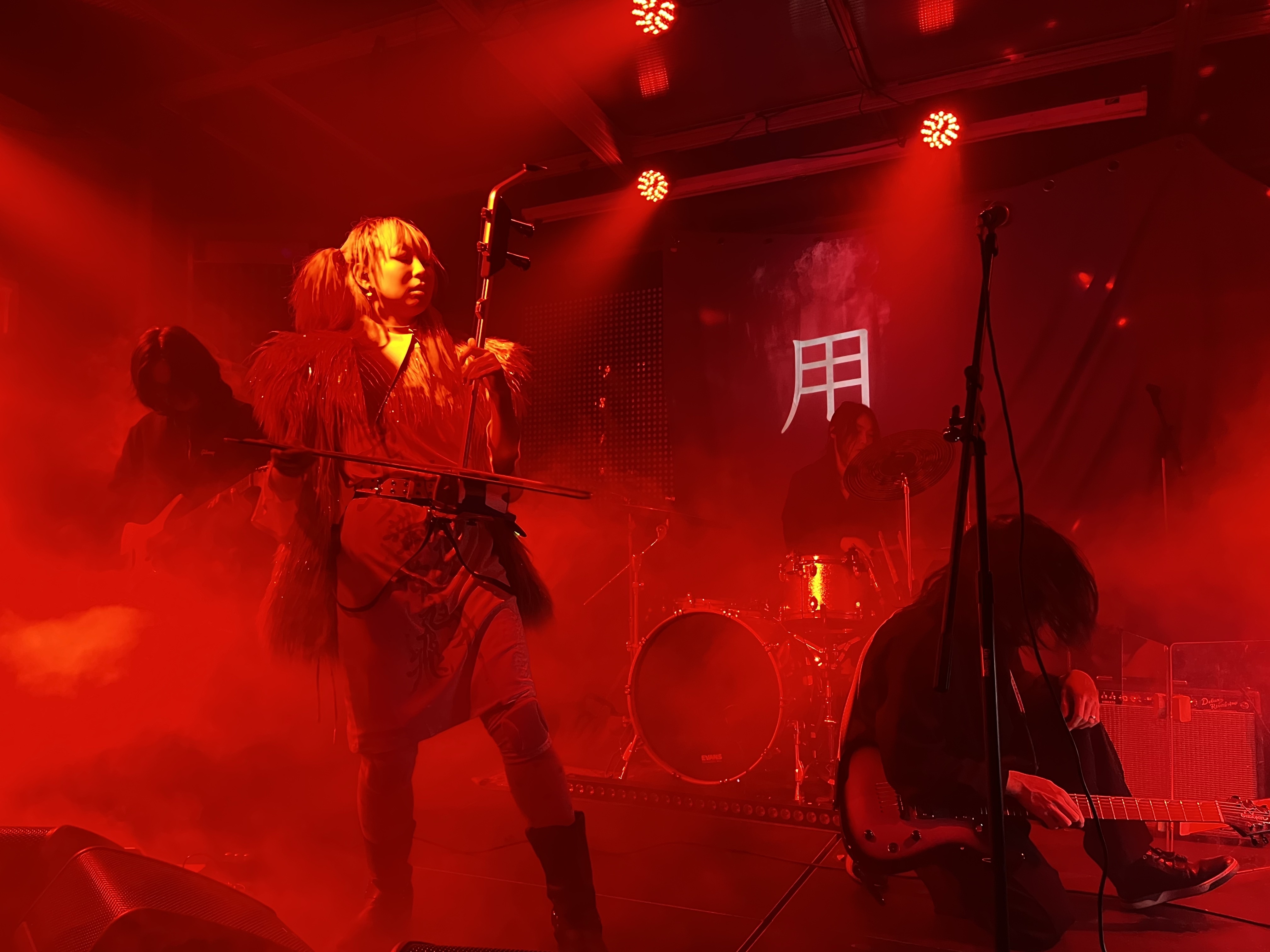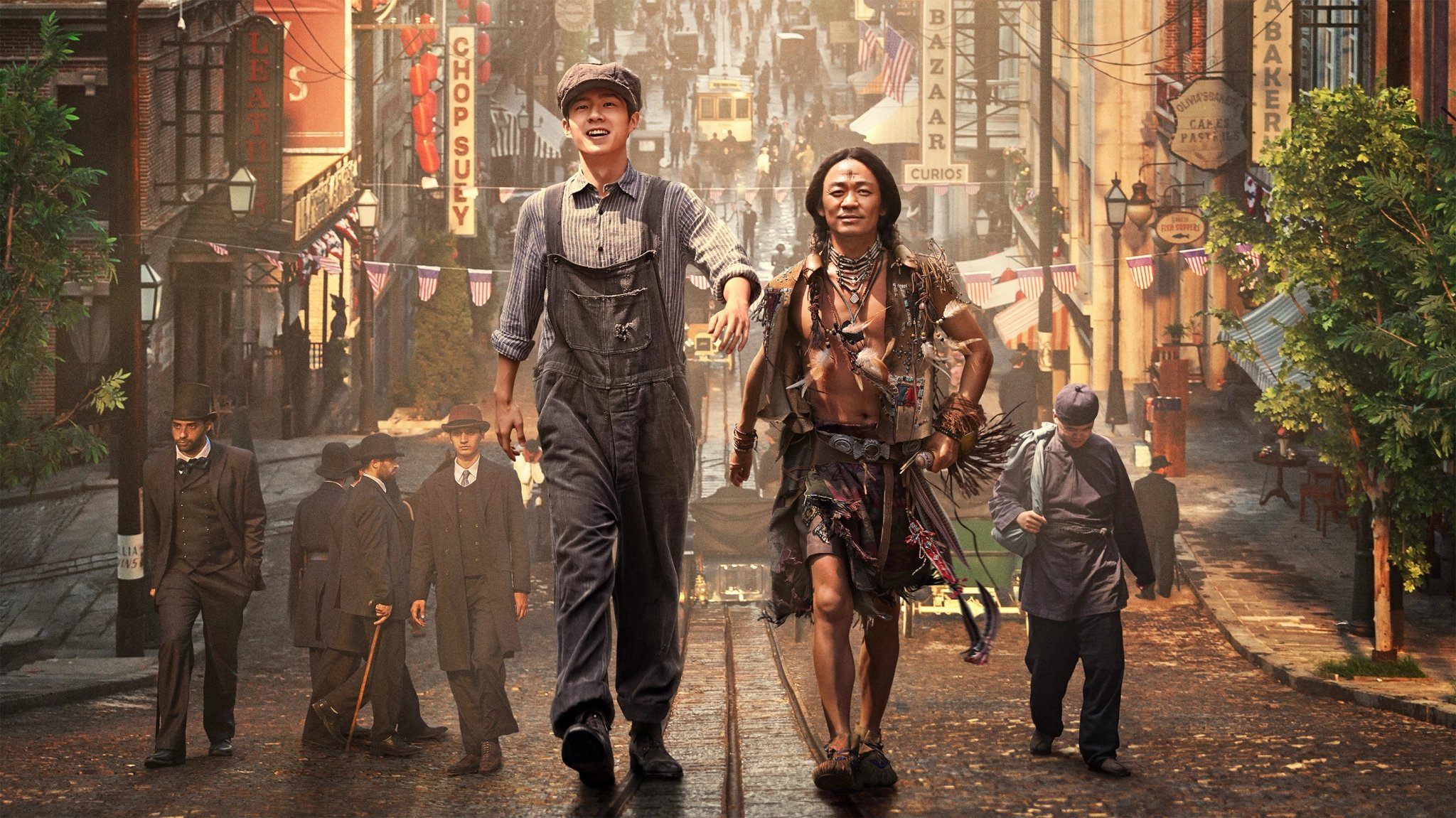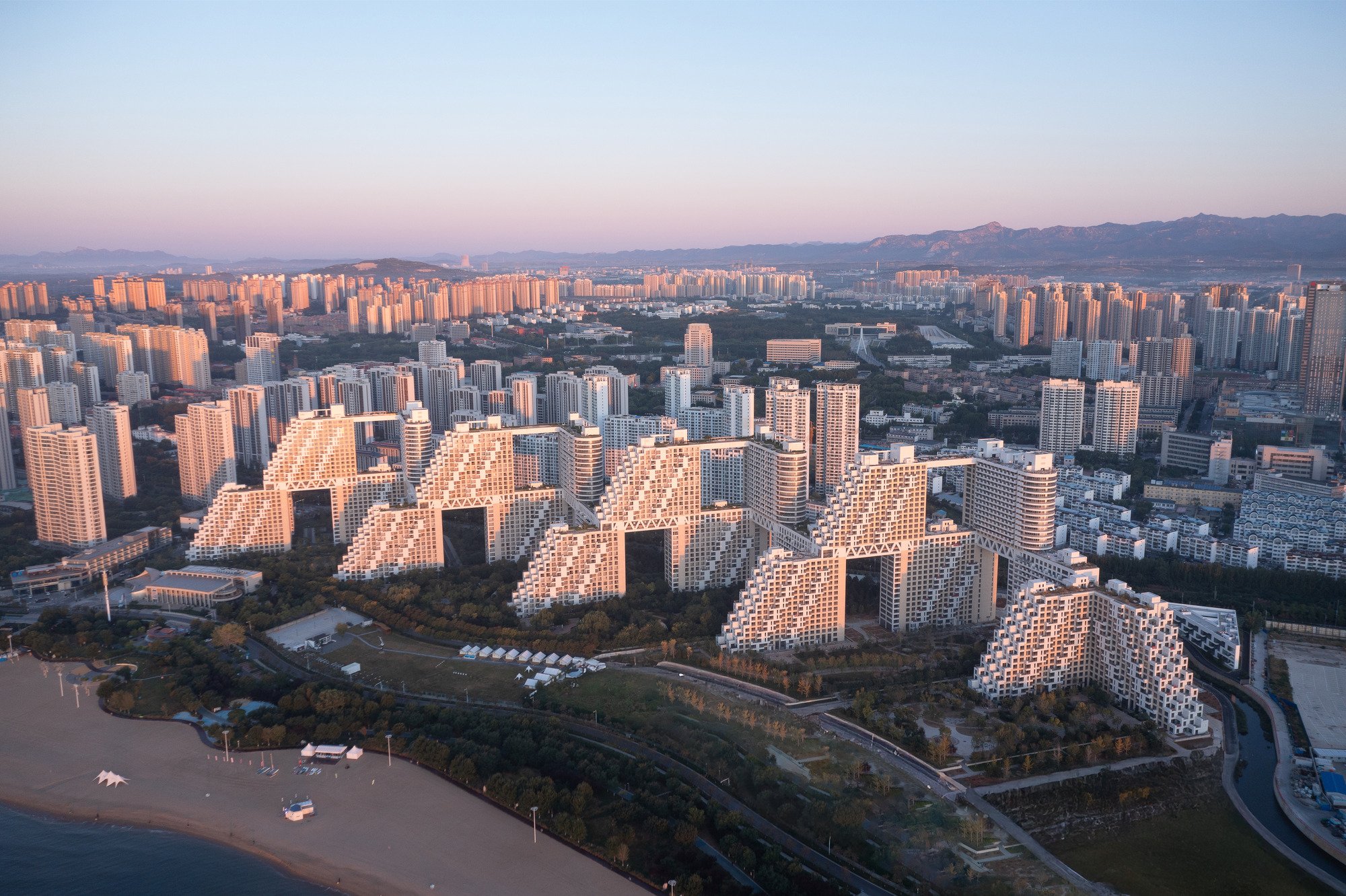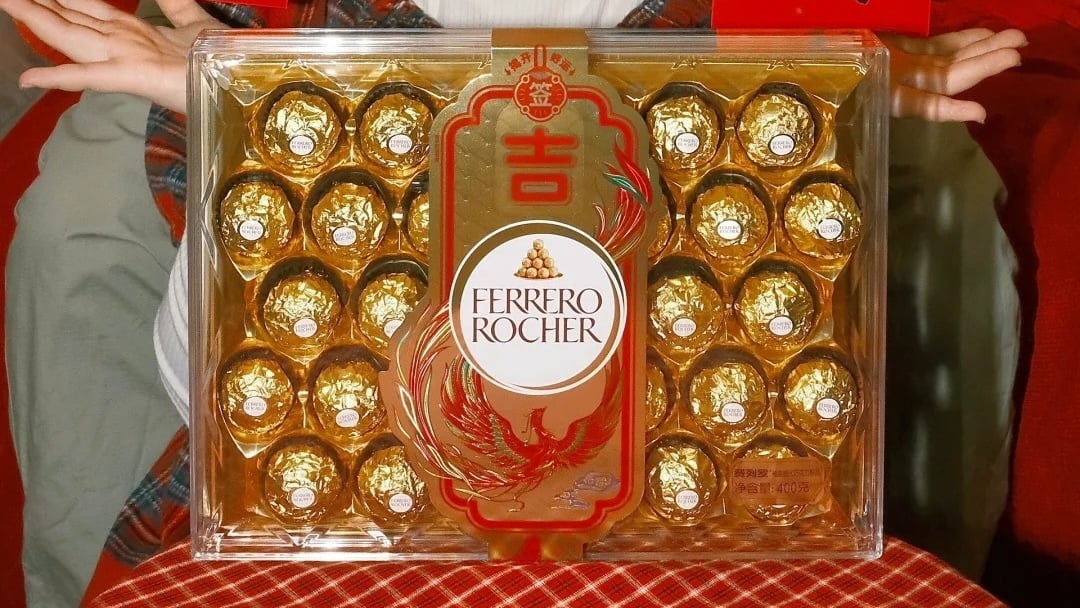Since October 1, e-cigarette companies in China have been officially banned from selling fruit-flavored products. The latest regulatory overhaul came after Chinese authorities stipulated in November 2021 that the once-booming vape industry would be subject to the same regulations and taxation as tobacco products.
The series of regulations have pushed the industry to the brink of collapse, as flavored products accounted for roughly 95% of total sales, multiple sources tell RADII. To some, however, less supply amidst high scrutiny represents a lucrative opportunity.
“Many of our regular customers had begun hoarding their favorite fruit-flavored products months before the official ban came into effect,” says vape merchant Elaine Zhu.
Three years ago, at the height of the e-cigarette boom, she joined a franchise shop of China’s leading vape brand Relx with her partners. Relx, the Nasdaq-listed vape giant, opened more than 1,400 shops across 300 cities in China in 2019 alone.

A Relx storefront in China. Image via VCG
Zhu is currently only selling their existing stock to regular customers and clients recommended by trusted connections. But she is afraid of getting caught by undercover cops disguised as customers.
“The risk is much higher now than before,” Zhu admits, “A few of my friends who owned multiple franchised Relx shops have either transferred their ownerships or completely quit the industry.”
According to industry experts, banning fruit-flavor products has caused a bigger impact on the industry than any previous regulations. In 2019, Chinese authorities issued a regulatory notification requiring all e-commerce platforms to delist any e-cigarette-related items to protect underage consumers from exposure.

Image via VCG
To counteract the impact of banning online sales, vape businesses began catering to their clients through other apps, such as WeChat, China’s predominant super app with messaging functions, for private sales. The platform has become a ‘battlefield’ for vape merchants trying to secure new clients and promote new products through group chats.
The industry has always found its way around regulatory clampdowns, and those willing to take a risk or to tiptoe around red tape are often “affluently rewarded,” says Yangyang, an experienced vape agent who specializes in connecting small businesses and consumers with manufacturers. He requested a pseudonym due to the sensitive nature of the matter.
Yangyang notes that the higher risk involved in producing fruit-flavored vapes has consequently doubled the profit margins for businesses.
“Manufacturers bearing a high risk to manufacturing flavored e-cigarettes have shifted the rising cost to vape businesses which then shifted it to consumers,” he confesses. “So businesses can jack up their profit margins by up to 200% to 300%, due to limited supply.”
When asked if he would continue selling fruit-flavored vapes, Yangyang firmly says yes, because he believes “it is one of few accessible industries with fat profits to be made.”
A report conducted by iResearch Consulting Group indicates that the users in the vape industry can be roughly described as young middle-class professionals living in first- and second-tier cities. They generally prefer light flavors such as mint and fruits.
Connie Tan, a financial analyst working in Shenzhen’s central business district, tells RADII that the latest price increase for her favorite peach-flavored vapes has not caused her to ditch them for less expensive but flavorless products.

Inside a Relx store in China. Image via VCG
“It’s like for tobacco smokers,” Connie explains, “A newly introduced tax on cigarettes won’t stop consumers from buying such products.”
Given her direct connections with retailers who can source her preferred products, she is unfazed about the new regulation, so long as the price adjustment remains “somewhat acceptable.”
It’s worth noting that the latest ban on fruit-flavored products does not explicitly mention overseas imports and exports. Thus, a gray area has emerged again, and manufacturers have secretly been distributing supposedly exported products in the local market, reveals Baba, a former vape influencer who used to manage his own vape brand.

Since earlier this year, Baba has stopped posting new vape-related content as the industry faces mounting headwinds from regulators. Image courtesy of Baba
Baba, who has already transitioned to being a ‘food-tuber’ due to a lack of new products in the vape market, admits that large brands have nearly abandoned the domestic market. Instead, they have doubled down on overseas markets, with small-scale production circulating in the black market.
According to this year’s latest industry report, over 70% of 1,500 e-cigarette manufacturers in China are heavily dependent on overseas sales. The report also indicates that, despite the ongoing regulatory clampdown, annual overseas sales are expected to reach 186.7 billion RMB (26 billion USD) in 2022, with an impressive year-over-year growth of 35%.
“Manufacturers supplying the products to the downstream markets are in the spotlight of tightened scrutiny, so they’ve become increasingly cautious in choosing their local partners,” says Baba. “But there are always some who are willing to take the risk for fruitful rewards.”

Some of Baba’s flavored stock. Image courtesy of Baba
Baba notes that the distinct contrast between the exponential growth of exports and the tight restrictions hampering the domestic market encourages manufacturers to explore overseas markets and deepen China’s economic advantage in the trade deficit.
However, he adds that imminent challenges are poised to cause regulatory uncertainty and rising labor and material costs, which have motivated more factories and businesses to migrate to Southeast Asia.
“A new chain of production has gradually moved to Vietnam and Indonesia, as [Southeast Asia’s] growing middle-class markets have emerged, becoming a great incentive to domestic businesses undergoing rising pressure from local authorities.”
Cover image designed by Zhuohan Shao






























